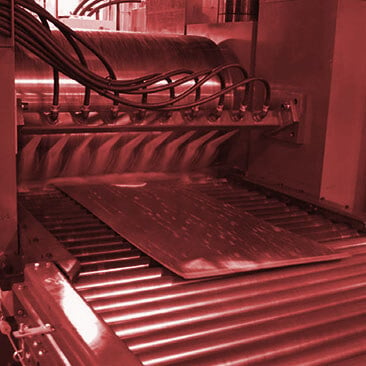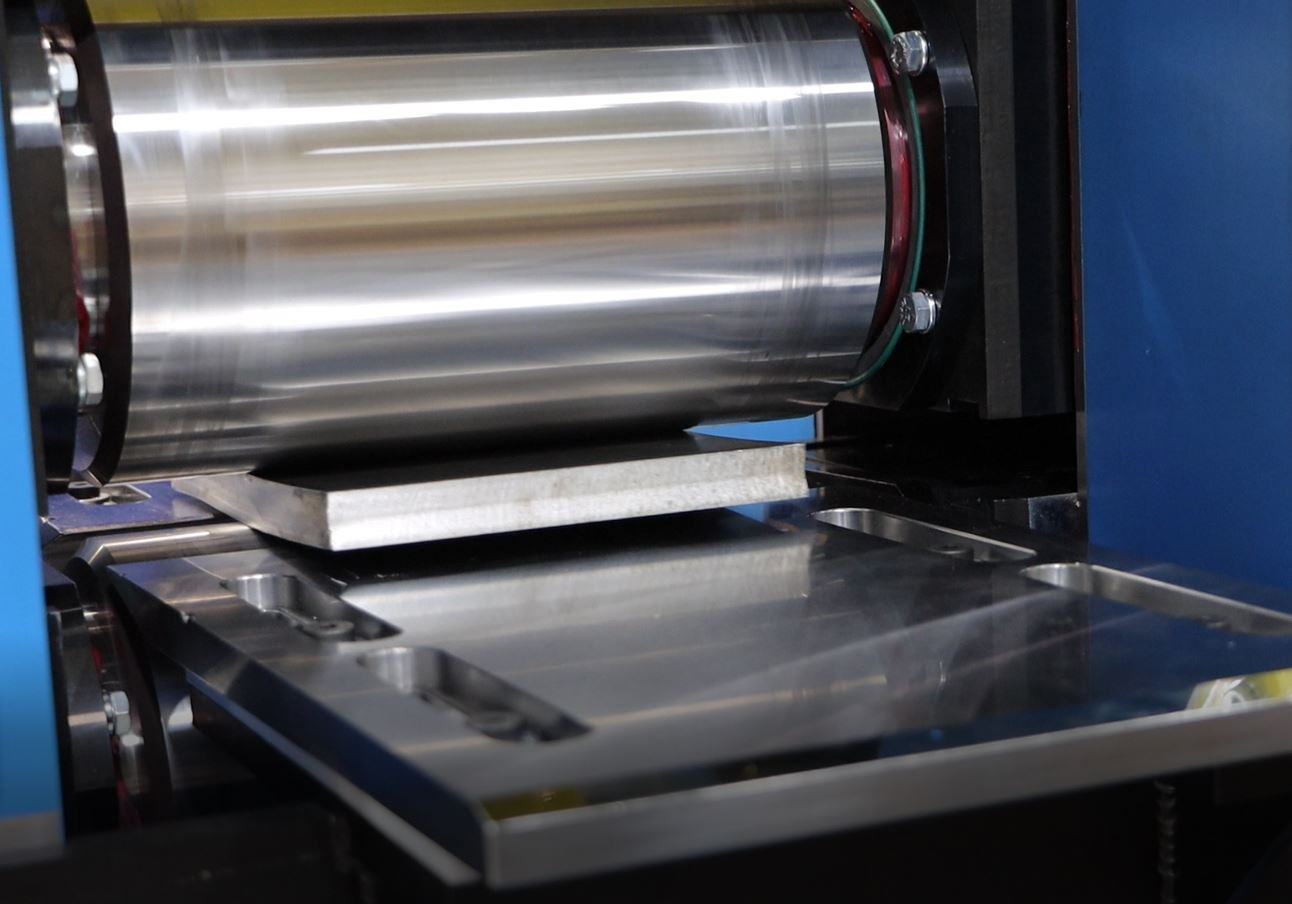Hot-Rolling Mills vs. Cold-Rolling Mills: The Differences
Metal manufacturers are under pressure to keep up with the world’s demand for prefabricated steel products. Hot-rolled mills and cold-rolled mills need to keep producing the base material essential to all manufacturing sectors, including appliances, automotive, green energy, and everything in between.
Most of the world’s infrastructure depends on steel, and the safety of these products requires a quality manufacturing process. According to the World Steel Association, there are more than 3,500 different grades of steel with unique properties based on the chemical compositions and manufacturing processes used by producers. Hot-rolling mills and cold-rolling mills are both popular with today’s manufacturers depending on the application and intended use of the steel after manufacturing.
Let’s look at the differences between hot-rolling and cold-rolling steel manufacturing.
What Are Hot-Rolling Mills?
A hot-rolling mill uses billets of steel to produce sections of steel in various dimensions. By rotating rolls at high temperatures, manufacturers can create a specific thickness and shape from the raw billets of steel. In hot-rolling mills, the metal must reach a temperature above the recrystallization phase during the rolling and forming operation.
Passing hot metal between two rolls makes it possible to flatten and shape the final product according to exact specifications. Hot metal rolling mills make it possible to:
- Lengthen and flatten metal into a product’s desired shape.
- Reduce the cross-sectional area and maintain uniform thickness throughout.
- Produce new raw materials for another metal forming or rolling process.
What Are Cold-Rolling Mills?
Comparatively, cold-rolling mills use the same principle without requiring the metal to exceed the recrystallization temperature during the forming process. Instead of heating the metal, cold-rolling mills compress and squeeze the raw material to increase the yield strength and hardness.
Hot rolling and cold rolling each provide different benefits to manufacturers. Cold rolling is often a subsequent process to hot rolling and falls under a special segment in metal forming processes.
Cold rolling enables manufacturers to:
- Create thinner metal strips with good dimensional accuracy.
- Maintain the surface quality of the metal sheets during the forming process.
- Increase the metal’s strength using strain hardening without needing to add heat above ambient temperatures.
What Are the Differences Between Hot-Rolling and Cold-Rolling Mills?
The difference between hot-rolling mills and cold-rolling mills comes down to the required temperature when forming the steel. Cold-rolled steel products usually have higher precision, strength, and surface finishes.
Hot-rolling is less expensive, provides better workability, and adds little to no internal stress as the steel cools gradually. Applications include construction materials, automotive parts, agricultural equipment, and other industrial steel products.
Cold-rolling applications are for products that operate at higher strength but require less weight. These include home appliances, mechanical components, metal furniture, and items like strips, bars, sheets, or rods.
Hot-Rolling Mills and Cold-Rolling Mills from FENN
For any of your hot-rolling manufacturing or cold-rolling mill needs, FENN provides metal forming machines for any industry. Our team has the experience to assist with any of your production optimization and metal forming requirements. For more than 120 years, we’ve partnered with the world’s leading metal manufacturers to produce the products that modern society depends on.
To discuss your hot-rolling mills versus cold-rolling mills manufacturing requirements with an expert, reach out to FENN today.



